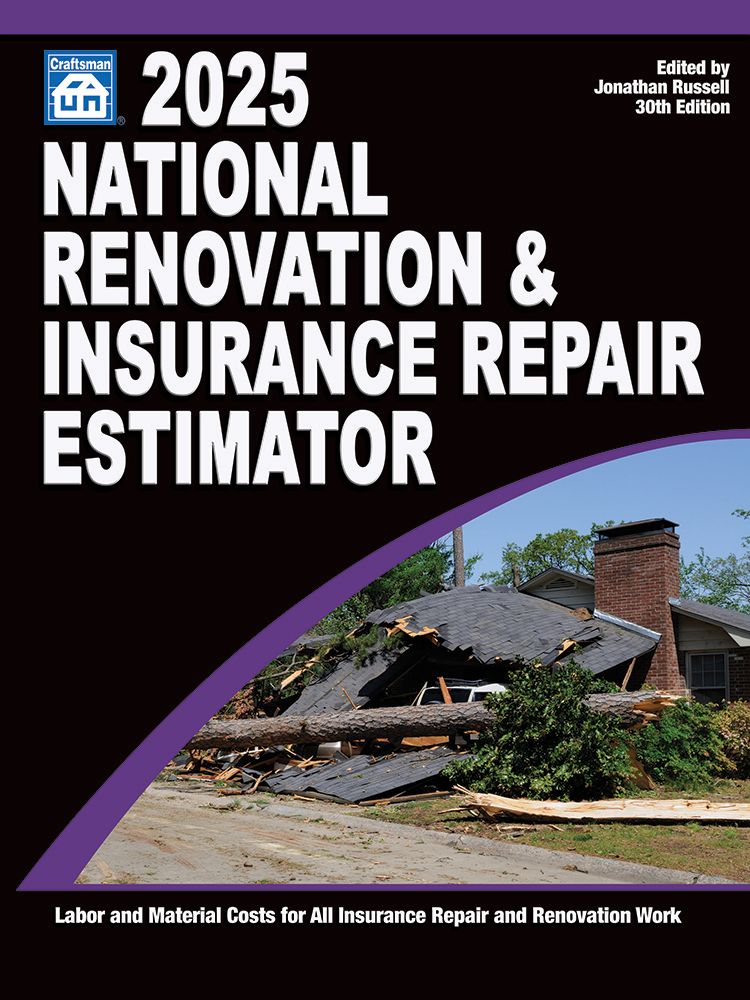Restoration Industry Trends and the Growing Need for Risk Planning

Credit: abluecup / iStock via Getty Images Plus
If you own a restoration business, you know that disasters don’t just happen to your clients—they can happen to your company, too. Skyrocketing insurance premiums, coverage exclusions and unexpected business disruptions are making it harder than ever to protect your bottom line. Whether it’s a project stalled by supply chain delays, a cyberattack targeting customer data or a contract dispute leaving you unpaid, restoration firms are facing more and more financial risks that traditional insurance may not fully cover.
These challenges are part of a larger shift for many service industry business owners. What was once relatively straightforward has become more complex––laced with technology, labor and wage pressures, constantly changing environmental regulations and new financial risks. With all of that in mind, let’s take a look at some of the trends restoration professionals need to keep an eye on in the coming months.
1. Rising Insurance Costs & Coverage Limitations
Commercial insurance premiums have been steadily rising for at least the last six years, and policies are increasingly coming with higher deductibles, more exclusions or reduced coverage. As insurers adjust their terms, many businesses find themselves facing gaps in coverage, making it harder to safeguard against financial risks.
For example, sudden and accidental pollution damage used to be covered, now, most policies have a total pollution exclusion. Things like cybersecurity may have once been covered under a business liability policy, but in today’s market, even if you have a dedicated cyber policy, you may not be fully covered. Catastrophic events, like natural disasters or large-scale accidents, can lead to significant losses and many standard policies now exclude certain risks or place caps on payouts. This means your business could be left shouldering the full burden of financial recovery.
So, what can you do to protect your business? Traditional insurance is not the only way to prepare for the risks that are just part of the industry. One solution gaining traction is 831(b) plans, a type of self-insurance strategy designed to help business owners mitigate unfunded liabilities. Much like the 401(k) tax code allows an employer to set aside tax-deferred dollars for retirement, the 831(b) tax code allows a business to set aside tax-deferred dollars for underinsured and/or uninsured risks. By proactively funding for these challenges, your restoration business can create a financial safety net in an unpredictable market.
2. Economic Uncertainty & Business Disruptions
Business has always been somewhat unpredictable, but the past few years have seemed more volatile. We all saw first hand how pandemics, political unrest and severe weather can impede a company's ability to operate, leading to significant financial losses.
Unfortunately, business interruptions aren’t going anywhere. Recent policy changes and the threat of further tariffs and trade wars are fueling recession concerns. And according to a survey released by RapidRatings just last week, 68% of executives expect global supply chain disruptions to worsen in 2025. Not to mention the increase in extreme weather events, which cost the US economy around $93 billion last year alone. Even when restoration companies stand to benefit from disasters, those same events can just as easily shut them down.
To stay ahead of potential disruptions, prioritize proactive planning and diversification. Relying solely on traditional insurance policies or one revenue stream can leave companies exposed during times of economic or operational uncertainty. A diversified approach—spanning financial planning, supplier networks and revenue sources—can provide a buffer when crises arise.
3. Labor Market Challenges & Key Employee Loss
While the labor shortage may ease a bit in 2025, it’s still an issue. According to SHRM, even though job growth is slowing, finding and keeping skilled workers will remain tough, especially in fields critical to restoration work, like construction and skilled trades.
Losing a key employee, like a project manager or crew leader, can throw off operations and delay projects. Replacing those crucial roles takes time and money—resources many businesses can’t afford to waste, especially with skilled workers in such high demand. Having a plan in place to fill those spots quickly is key to keeping things running smoothly. Have a solid succession plan in place, cross-train staff and consider using an 831(b) plan to set aside funds for recruitment and training costs.
4. Cybersecurity Threats & Data Breaches
These days, it’s hard to run a business without relying on a computer. But as our dependence on digital tools has risen, so has the risk of cyberattacks. Cybersecurity incidents can cost businesses millions in legal fees, response efforts, regulatory fines and customer notification requirements. The global average cost of a data breach reached $4.88 million in 2024, marking a 10% increase from the previous year.
Beyond the direct financial costs, a cyberattack can also lead to long-term damage to both your company’s reputation and the trust of your customers, which can take years to rebuild.
Traditional insurance often falls short on cybersecurity threats, but risk management tools like an 831(b) plan help businesses set aside funds for these incidents. This ensures your restoration firm can cover the costs of a breach, without disrupting operations.
Conclusion
The world isn’t slowing down, and neither are the risks facing restoration businesses. As technology, regulations and economic conditions continue to evolve, staying ahead means planning for the unexpected. By taking a proactive approach to financial risk management, businesses can be ready for whatever comes next—whether it’s a labor shortage, a cyberattack, or the next industry-wide disruption.
Looking for a reprint of this article?
From high-res PDFs to custom plaques, order your copy today!









